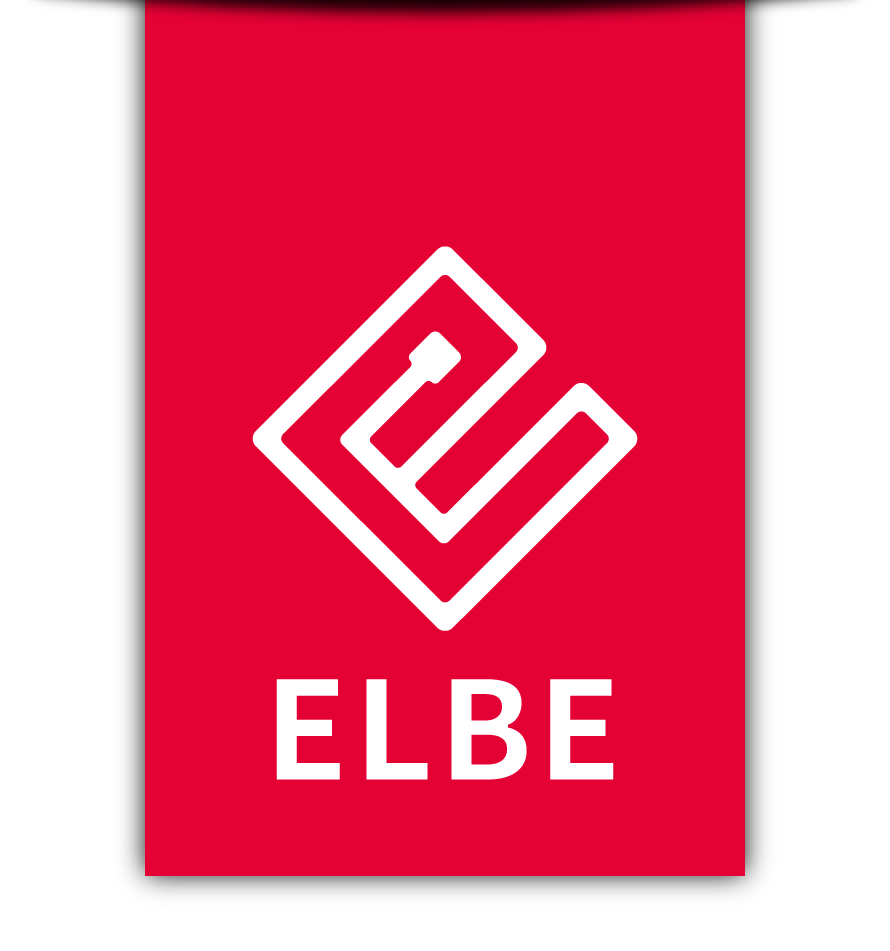Content
This is yet another feature that is not covered in any of the articles about Custom User Management in ASP.NET Core. Usernames are quite vital for any User-based application. In the InputModel class, let’s add 2 new properties, First Name, and Last Name.
Can you please do a sample app in the oracle DB with Identity and sample architecture of repository pattern without entity framework. Like we did in the previous section, add the below line of code to the Program.cs/Main Method. This will invoke the Method that seeds the default user to the database. After that comes the hard and time-consuming part. Remember the 40+ Identity pages we imported via scaffolding? Now, each of these 40 pages would have a reference to IdentityUser class.
Connect application with database
This ensures that only SuperAdmins can Manage User Roles. This is also called Role-based Authentication. You can see that We have a complete working model of User Role Manager UI for ASP.NET Core https://remotemode.net/ MVC. I will wind up this article with this. In the upcoming sections, we will talk about Adding User Roles by default to an Application, Assigning the user Roles to Users, and much more.

Finally, let’s run the commands and update the database. Since we decided to change the default User class from IdentityUser to ApplicationUser, we would have to make other changes in our existing code as well. Firstly, we will need to change how the User class is being wired up with the DbContext. Navigate to Startup.cs/ConfigureServices method and modify it. I was able to successfully create an app but now I have updated my DB with more tables and more columns in existing tables.
Migrate Startup.Configure
Now if you open SQL Server Management Tool you can see that the database is automatically created. Let’s make a change in the header and footer of the page above. The header and footer will be common on all pages, meaning if you click on privacy you’ll see that the page is loaded and the header and footer are the same. This is because the code of header and footer is shared among all the and making a change in one file will change it for all using that file. It uses a view template to generate an HTML response.
Does .NET Core follow MVC?
ASP.NET Core MVC is a rich framework for building web applications and APIs using the Model-View-Controller (MVC) design pattern.
The Empty template by default does not include the setup for MVC. Now let us see how to set up MVC in asp.net core application. Once you click on the Create a new project tab, it will open the Create a new project window.
Migrate from ASP.NET Core MVC 2.2 to 3.0 then 3.1
In upcoming blog I will write about how to use repository pattern and dependency injection to connect with database. Please share your feedback in the comments section below. Step 2 − asp.net core 3.1 mvc Once the Microsoft.AspNet.Mvc package is installed, we need to register all the services that ASP.NET Core MVC requires at runtime. We will do this with the ConfigureServices method.










